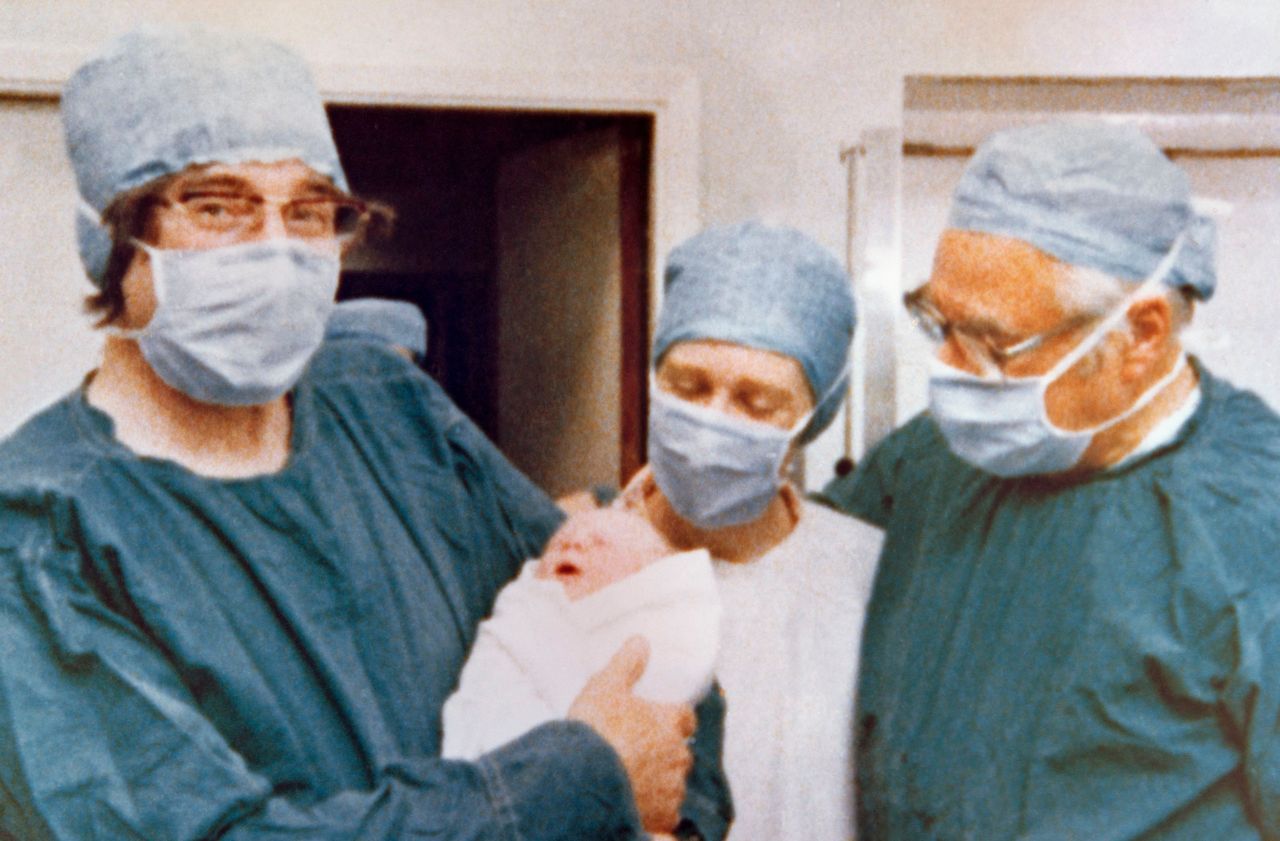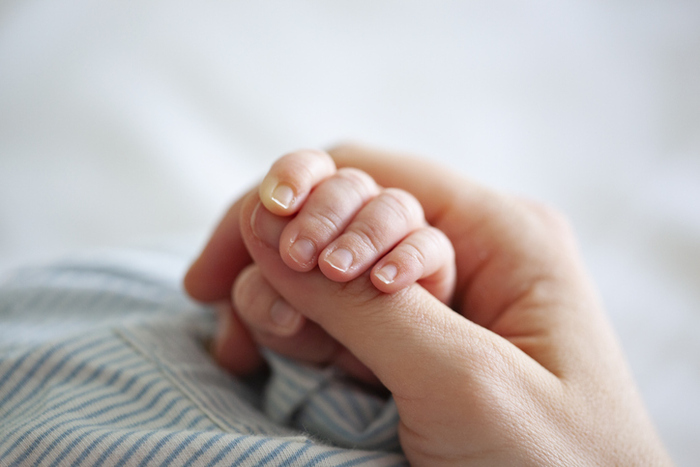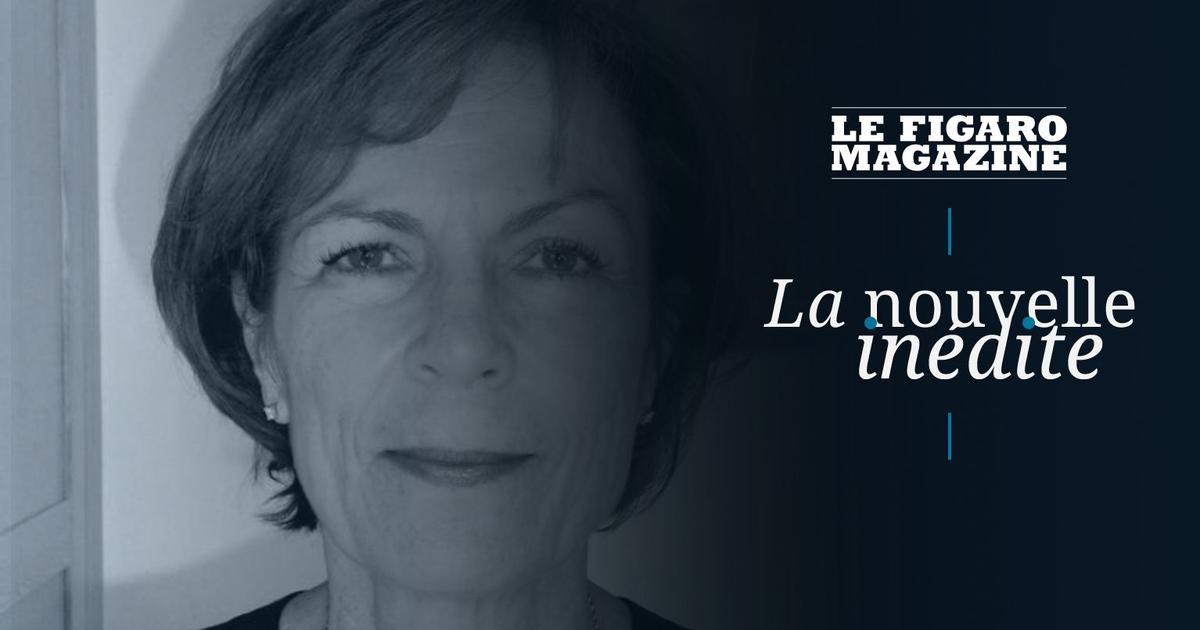For the first time in France, a baby was born following a uterus transplant from which his mother had benefited in 2019 (following the donation of his own mother).
The Foch hospital in Suresnes (Hauts-de-Seine) announced it on Wednesday, five days after the birth of little Misha, on February 12.
M 6 will broadcast this Sunday February 21 at 9:05 pm a special number of “Forbidden Zone” devoted in particular to behind the scenes of this medical feat, which has only been carried out very few times in the world.
For three years, the magazine team followed step by step the parents of this “miracle baby” who is wearing like a charm.
A medical feat that recalls another, the birth of the first test tube baby, Louise Brown, who made history almost 43 years ago ...
A cry in the night.
Then a huge relief.
It was near midnight on July 25, 1978, when the crying of an infant echoed in the delivery room at Oldham General Hospital, near Manchester, in the north of England.
The 2.7 kg baby is called Louise Joy Brown.
Joy, like the joy of her parents, John and Lesley, delivered from a wait that lasted nine interminable… years.
The joy of the medical team, admittedly too concentrated to fully benefit from it.
The joy of the media, finally, who watched for the arrival of the "baby test tube" as if it were the new messiah.
"The baby the whole world was expecting," enthuses the Daily Mail, which will devote seven pages to the event.
A triumphant night
And it is global: for the first time in the history of humanity, a baby is born conceived outside the body of its mother.
Eight months and three weeks earlier, the egg taken from Lesley Brown had been fertilized "in vitro" in a laboratory with the sperm of her truck driver husband, then placed in another test tube.
Six days later, the tiny embryo (0.00245mm in diameter) was reimplanted via a cannula into the expectant mother's uterus.
The body of the thirty-something had previously been "boosted" by hormonal treatment.
A few years earlier, several doctors had declared the young Englishwoman sterile.
Reason: blocked fallopian tubes.
In desperation, the couple, domiciled in Bristol, in the west of England, had turned to a duo of researchers, long described as "crazy": Patrick Steptoe, 65, head of the gynecology department at Oldham hospital, and Robert Edwards, 52, a biologist at Cambridge University.
It is he, still dressed in his blue blouse, who holds little Louise in his arms for the photo which will pass to posterity.
His eyes beaming with pride hint at the long road traveled to arrive at this feat defying the laws of infertility.
The British press, like the London Evening News here, is ecstatic at the birth of Miss Brown, the "super-baby" ./GRANGER/The Granger Collection
Ten years of failures, doubts and hard work will have been necessary to get there.
When the two doctors announced, on July 11, 1978, the imminent birth of the first test tube baby, the news set fire to all the newsrooms in the kingdom.
It was on for the big summer hit… "We feared the baby would be born with a cleft lip, a minor problem that we would not have detected.
Everyone would have concluded that it was because of this technique, ”recalled Dr. John Webter, who was assisting Prof. Steptoe.
Before Louise's pretty face was removed by Caesarean section from Lesley's womb, everyone knew it would have nipped research in the bud.
It was quite the opposite: a triumphant night.
Louise cried a lot for her "grandfather", Pr Edwards
Thirty-five years later, on April 10, 2013, Prof. Edwards passed away in his sleep at the age of 87, at his home in Cambridge.
Weakened by illness, he was unable to get his Nobel Prize for Medicine, awarded in 2010. Until his strength failed him, the doctor accompanied the jovial Louise at every key stage of his life.
He was his godfather, the guest of honor at his wedding, he shared his sorrows when his father John (in 2006), then his mother Lesley (in 2012) left.
But also his greatest joys.
In 2008, we see him posing, tired but all smiles, alongside Louise and the first of his two sons, Cameron, born - naturally - two years earlier.
The day of his funeral, Louise, who saw him as a "grandfather", cried a lot.
Like the day they first met.
On July 12, 2008 Louise Brown, in her late thirties and now a mother, poses with her son Cameron, mother Lesley and IVF pioneer Prof Robert Edwards./AFP/Bourn Hall
Since Louise Brown was born, more than 9 million babies have been born thanks to medically assisted procreation, which has changed a lot in forty years. If the classic in vitro fertilization (bringing oocytes and spermatozoa into contact in sterile boxes) remains the most widely used technique, doctors increasingly resort to ICSI (injection of a single sperm into a punctured oocyte ) and egg donation (from a female donor to a recipient). Amandine, the first baby-test tube made in France, will celebrate her 39 years on Wednesday February 24. Today, one in thirty children is born thanks to assisted reproduction in our country.














/cloudfront-eu-central-1.images.arcpublishing.com/prisa/S7ERVSCT4FUVX6R7TUVBDNTH5Y.jpg)
